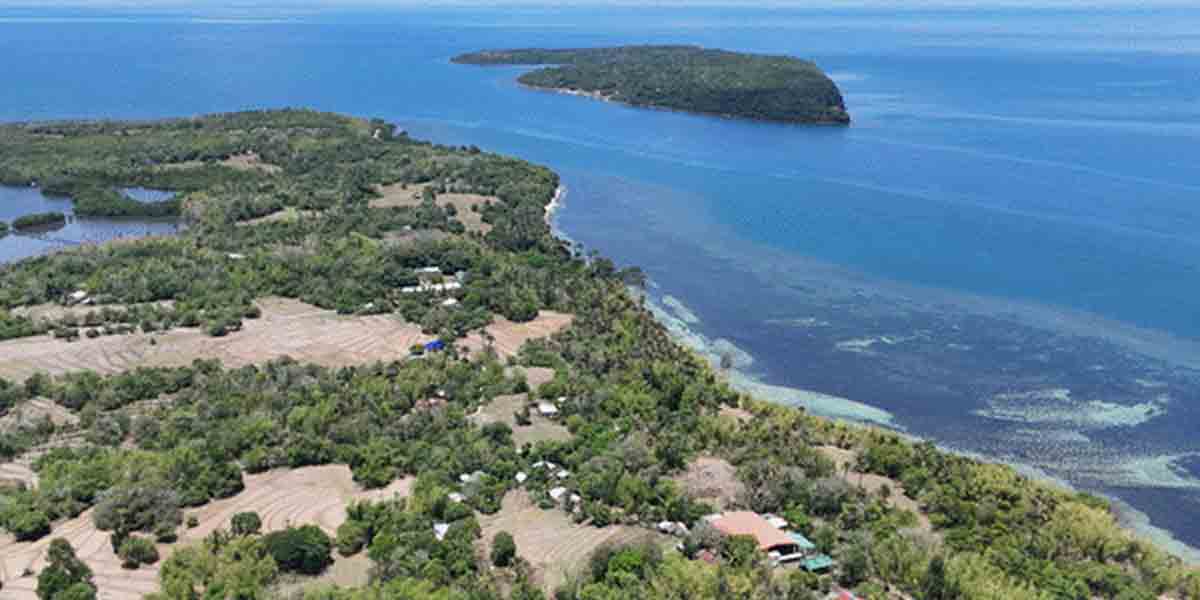By Alex P. Vidal
“The first fall of snow is not only an event, it is a magical event. You go to bed in one kind of a world and wake up in another quite different, and if this is not enchantment then where is it to be found?”—J. B. Priestley
BETTER late than never? Or better if it won’t come at all?
We were expecting light accumulations of one to three inches of snow on January 3, Monday, in the Big Apple.
This would mean wet and slippery streets and sidewalks while making my first walk and travel from Manhattan to Queen for the first time in 2022.
We’ve been advised to prepare for more, or to prepare for travel trouble as it would reportedly take some time to clean up.
Monday’s first snow of the season would be a close call to see if New York City got a little or a lot.
While watching the replay of the super joint concert of Carol King and James Taylor on CNN, weather models were showing a storm tracking close enough to brush the city with snow.
The system was reportedly expected to bring more than half a foot of snow to parts of southern New Jersey on Monday. And there was a concern that if the storm tracks further north, that the five boroughs (Manhattan, Queens, Bronx, Long Island, Staten Island) could see more snow than forecast.
The forecast was for the five boroughs to receive one to three inches of snow and flakes should start around 8 o’clock in the morning and end by 3 o’clock in the afternoon.
-o0o-
Newly assumed New York City Mayor Eric Adams announced at a news briefing on January 2 the city’s Department of Sanitation would begin salting streets Sunday night to prepare for the snowfall.
“We are ready to meet the storm head on,” Adams said. The city will be issuing a travel advisory urging New Yorkers to limit travel, take mass transit when possible and build in extra time for commuting.”
“We are definitely ready. We have been preparing for winter since last winter,” Sanitation Commissioner Edward Grayson said at the briefing. “We have over 700 salt spreaders loaded and ready to go.”
“If you see our spreaders and operators, please give us some extra space so we can do our job,” he added. “We are committed, we are on duty, we are working all night, and we’ll be out there.”
New York City is located at the northern fringe of the storm. This is often called the “screw zone” by meteorologists because it’s the most difficult area to forecast for.
Often, the area gets no snow or double the amount that’s forecast. A reasonable worst-case scenario for this event is for up to four to six inches of snow provided the storm’s track shifts further north.
-o0o-
The city that gets more snow than any other large city in the United States is Rochester, New York with a yearly average of nearly 100 inches (255 cm). Close to eight feet of snow also buries nearby Buffalo in a typical year.
Most cities in the United States receive some fresh snow in December, January, and February.
For 16 of the 51 largest US cities, the annual snowfall normally adds up to two feet (60 centimeters) or more, according to Liz Osborn of Current Results.
The heaviest snowfall in one month for any large US city usually lands at the northern New York state cities of Buffalo and Rochester. Rochester averages 28.2 inches (71.6 cm) of new snow in January. Buffalo’s heaviest snow month is reportedly December, when it gets an average of 27.4 inches (69.6 cm).
The snowfall totals are averages based on weather data collected from 1981 to 2010 for the NOAA National Climatic Data Center. The major cities included in the weather rankings represent the 51 metropolitan areas in the United States with the biggest populations, all those with over one million people in 2010, according to the US Census Bureau. A complete list of America’s 51 largest urban centers is available here.
(The author, who is now based in New York City, used to be the editor of two dailies in Iloilo.—Ed)





















